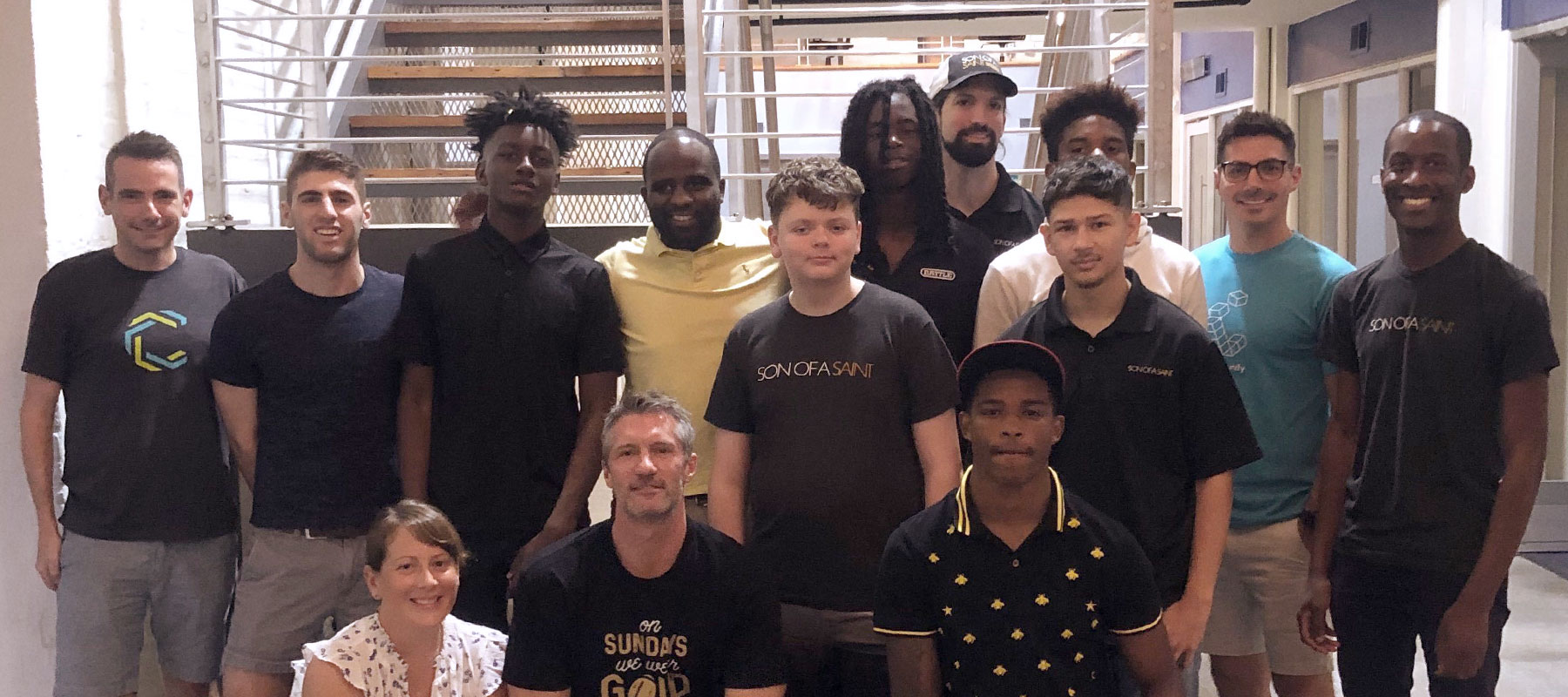
He had even wanted to get both ears done at the same time, but doctors wouldn't let him. It sometimes destroyed the healthy hair cells that remained, leaving patients with limited options if the procedure failed. The cochlear surgery, though, came with real risks. "Hopefully," he said, "I'm changing from a Chevette to a Lamborghini." Despite all the videos on the Internet, the people who immediately heard sounds and understood them were unusual.īut at the hospital, Gray's expectations showed. She knew how dearly he wanted the surgery to work.ĭays before, Blanchard, Gray's audiologist, had reminded him that it could take months, even a year, for him to adapt to the implant. But Gray took care of his wife just as Brenda took care of her husband. They married two years later.įour decades of smoking had left her with emphysema, and overweight. Gray's slurred, nasally voice didn't sound like drunkenness to her, so she took the ride. Divorced four times, she had lived with one former husband near a deaf community. They had met outside a bar in 1995 when Gray offered her a ride home. Raised in Chicago, she often said what he wouldn't. "He's trying to keep his expectations low," Brenda said, "so he's not disappointed." About potatoes, and red meat burned to a char, the way his grandfather liked it. He wanted to talk about how hungry he was. The next morning, in waiting room A-288 of Tampa General Hospital, clothed in a white gown, Gray did not want to talk about what was at stake. "A bettah me?" Gray said, squinting, perplexed. "We'll see you in three weeks," the man said. On his way out, he stepped into a side office to say goodbye to an engineer with thick black hair and an even thicker Boston accent. They talked of how different he might be when he returned. Arms crossed, eyes glazed.Ī few minutes later, the meeting over, colleagues stopped by to wish him luck. In the meeting room on that August morning, the conversation then well beyond him, Gray slouched back in his chair. Until four years ago, when Brenda discovered a specialized alarm that vibrates the bed, someone had to wake Gray up every day of his life. In 2003, he got an entry-level job at the glass company. Gray built computers at home for fun, but for 19 years he made money delivering pizzas. Most nights ended at bars.Īt 23, he followed his grandmother to Florida after her husband died. Instead, he worked at a department store and later McDonald's. Maybe earn his college degree or fly jets in the Air Force or patrol the streets as a cop, like the father he barely knew. He had big aspirations for life after graduation. Gray was suspended so often for fighting that he says he should have failed middle school. That led to disinterest, which led to bad grades. But when teachers turned their backs, Gray couldn't hear them. He later earned the rank of Eagle Scout, and his mom swears he once scored 130 on an IQ test. He struggled in school, but not because he lacked intelligence. A World War II Army vet and a homemaker, they wanted Gray to be "normal," so he didn't learn sign language and almost never interacted with deaf children. She discovered his disability when he was 3 and soon gave him to her parents. In 1969, his mother had just turned 17 when she had him near Baltimore. Someone with his back to Gray reviewed lost product figures. He fell farther behind: talk of glaze, reorders, broken glass. Then, through dark-rimmed glasses, his brown eyes fixed on the graphs across her computer screen, as if they contained the answer.Ī bushy-faced man sitting across from him began to speak, voice low, lips concealed. "I said, 'I love you, Mike,' " she repeated. "I love you, Mike," said Brenda, her cheeks wet. So Gray, grinning, sat beside his wife, Brenda, and waited for his moment.īlanchard pressed a button on her laptop, linked through a wire to his implant. Young and old, men and women, sobbing and gasping and cupping their hands over their mouths. He said he didn't anticipate a miracle, but he had spent hours the day before gorging on those videos of other people's miracles. Gray downplayed his expectations that morning. Michelle Blanchard, was ready to activate his device.

Now, two weeks after the surgery, the woman in the white coat, Dr. In recent years, the devices have become so common and successful that they have spawned their own category of YouTube videos, which show people hearing for the first time. 8, he got a cochlear implant, which bypasses damaged hair cells in the inner ear and sends sound electronically to the brain. This year, Gray decided, he would become his best self.


 0 kommentar(er)
0 kommentar(er)
